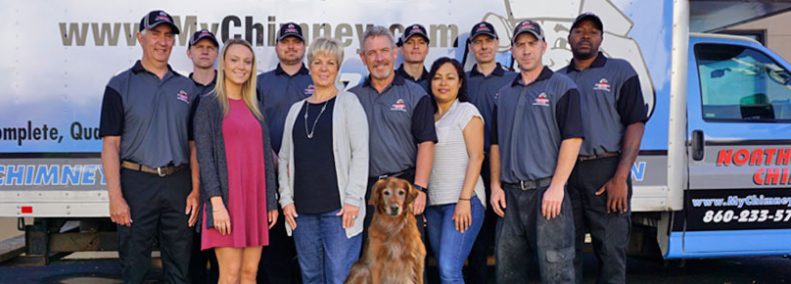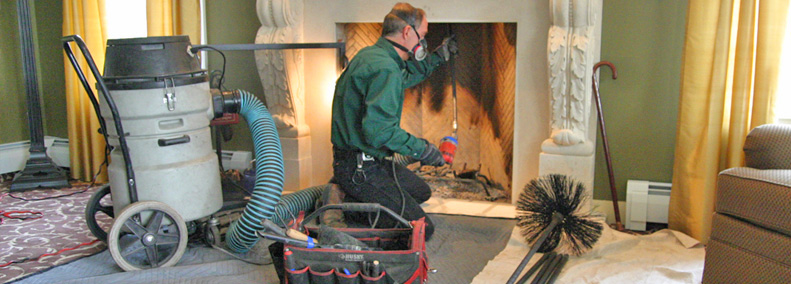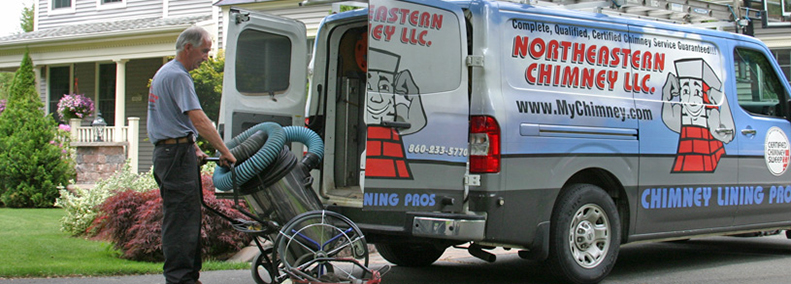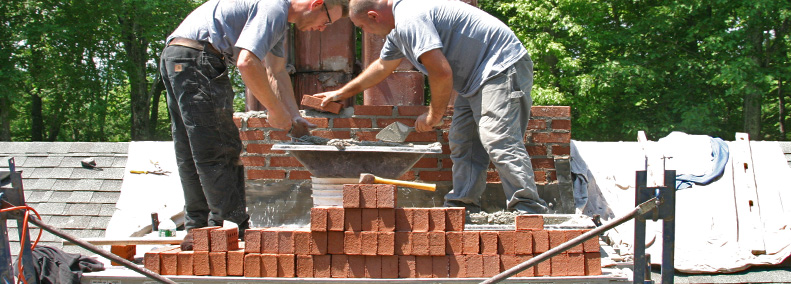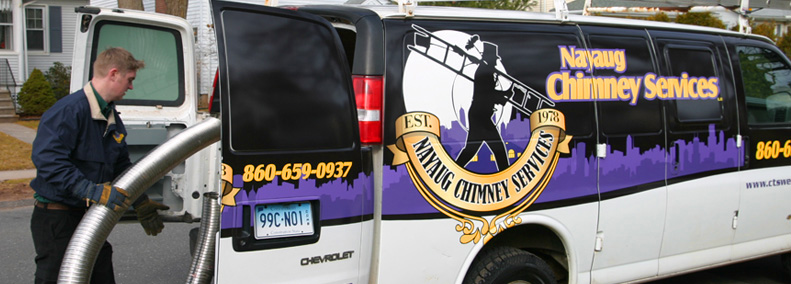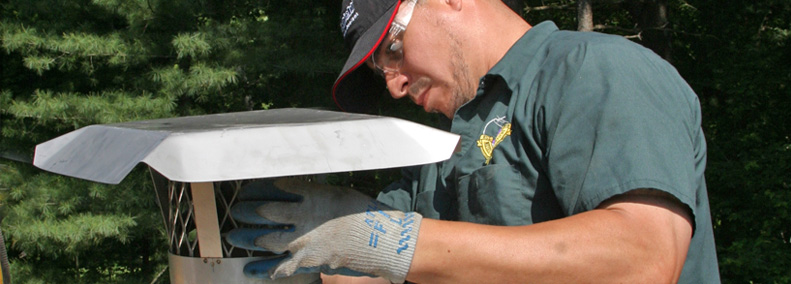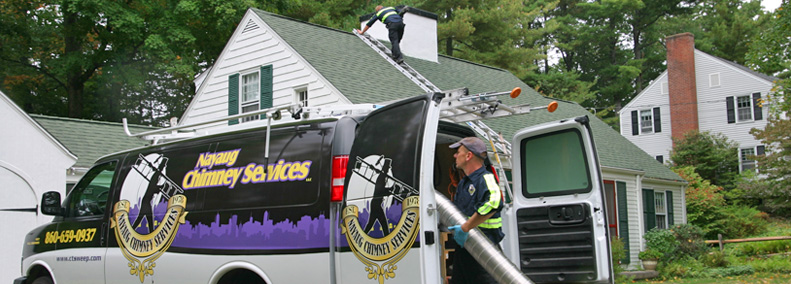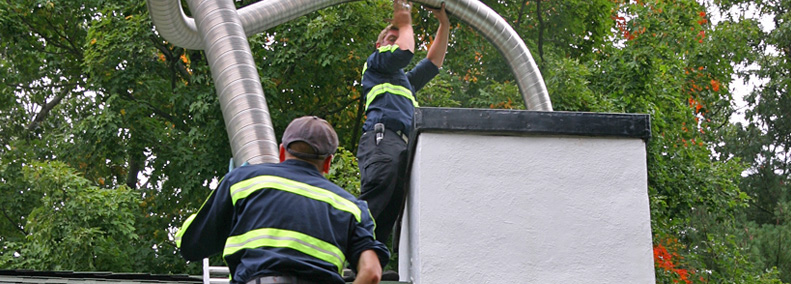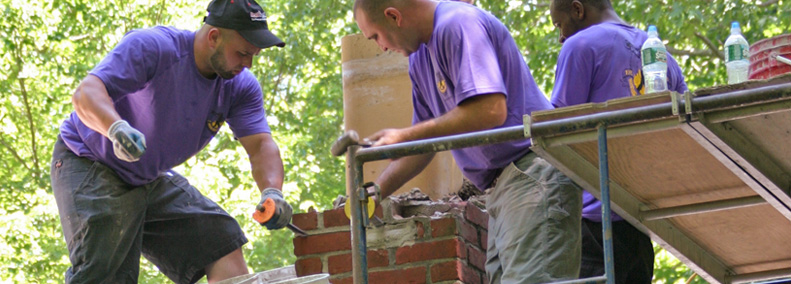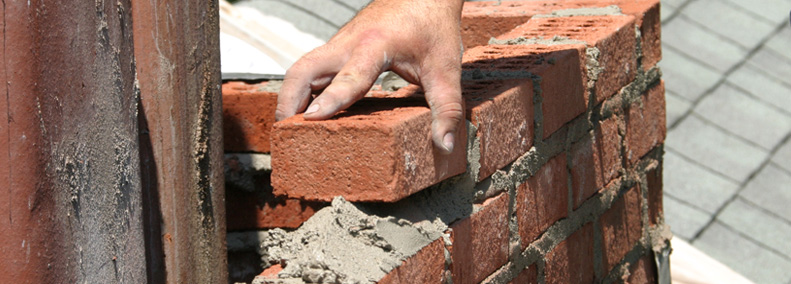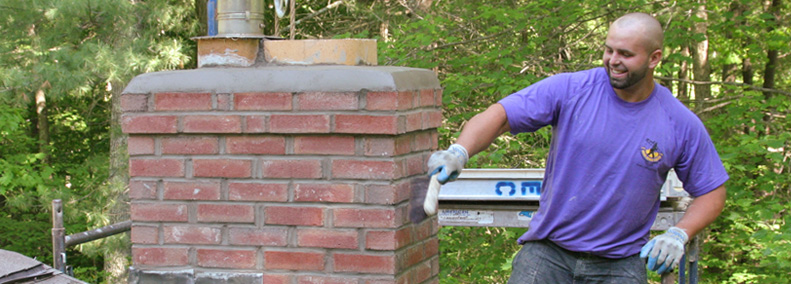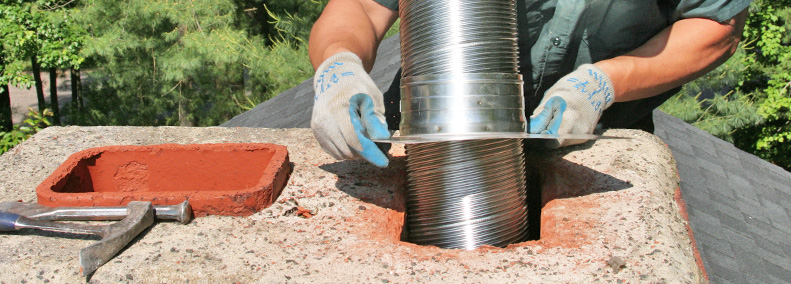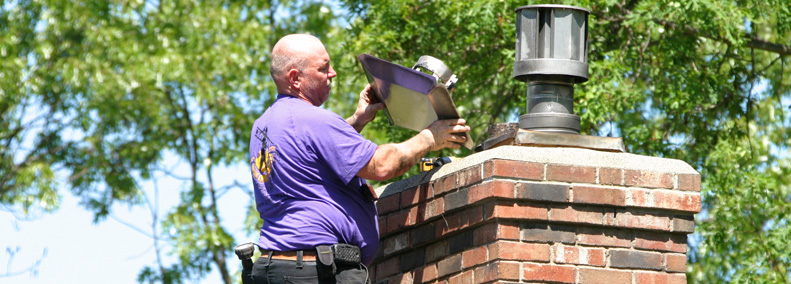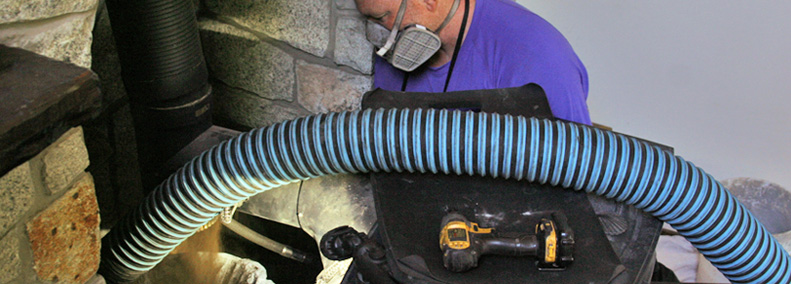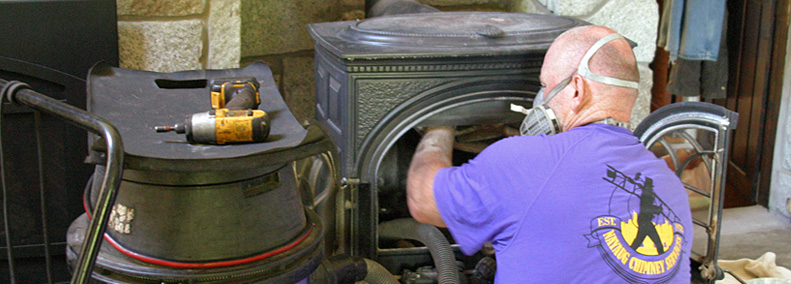05.16.12
Chimney Anatomy 101 – intro to Chimney Inspections
An Introduction to Your Chimney, Bottom to Top
Getting to Know the Parts of Your Chimney is a Good Idea.
A fireplace is a great feature in your home, and it’s one that you don’t want to take any chances with on safety. Are you familiar with all the parts of your chimney? There’s more to a chimney than what you may think. It’s a good idea to become familiar with your chimney’s anatomy; that way you can troubleshoot if any problematic issues come up. Not only that, but you’ll understand the importance of hiring a professional chimney sweep. CSIA Certified Chimney Sweeps are thoroughly familiar with all the parts of your chimney, and you can trust them with the care and maintenance of every internal and external component.
Chimney Damper – The part of your fireplace that you use to close it off when it isn’t being used is called the “chimney damper.” These doors inside your chimney are either pulley-activated or lever-activated. Closing the doors serves several good purposes, such as preventing the air conditioning or heating inside your home from escaping and stopping rainwater from getting inside. Sometimes the chimney damper is the only line of defense to stop animals and birds from getting into your home when the fireplace isn’t in use. Even more important than closing the chimney damper when the fireplace isn’t being used is opening it before starting a fire. If you don’t open the chimney damper, smoke from the fireplace will billow into your home.
Smoke Chamber – An important aspect of the anatomy of a chimney is the smoke chamber. This feature gently compresses smoke from your fireplace into the flue passage while at the same time not creating backdraft. The smoke chamber is typically created with a sloping wall just above the fireplace. A well-designed smoke chamber will essentially evacuate combustion byproducts smoothly and efficiently.
Smoke Shelf – The smoke shelf is located behind the chimney damper. Its purpose is to catch falling debris and any water that may seep down into your chimney. The smoke shelf helps with the important job of transitioning large billows of smoke from the fireplace into the narrower space in the flue of your chimney. It also assists with preventing downdrafts.
Chimney Flue – Moving on up the chimney, the flue is the primary passage through which the combustion gases are vented to the out-of-doors.
Chimney Flue Lining – A flue liner is important in that it protects the chimney’s masonry and the wood surrounding the home. It does this partly by minimizing the amount of flammable debris which attaches to the walls. A flue liner is typically constructed of clay tile, ceramic, or stainless steel. Wood burning fireplaces often have ceramic flue liners because the ceramic resists corrosion, is easy to clean, and it provides excellent insulation. Over time, debris does attach to the flue lining and creosote (natural byproduct of burning) build up occurs, which is one of the reasons to hire a professional chimney sweep on a regular basis.
Chimney Chase – A chimney chase is the factory-made metal casing through which a factory-made chimney pipe is run.
Chimney Crown – The top of your chimney is called the “chimney crown.” It is designed to protect the chimney’s bricks from impairment such as water damage. Chimney crowns are usually constructed of cement. We posted a video of a cement chimney crown being finished up and a brand new custom chimney cap being installed in the wet cement here.
Chimney Cap – The chimney cap is, in effect, a metal roof above your chimney. The number one function of the cap is to prevent water from going down your chimney. Caps often include screens, which are helpful in stopping birds and small animals from being able to nest in your chimney.
As you can see from this partial list, chimney systems are a bit complicated. That means there are also a lot of things that can go wrong too. At Nayaug Chimney Services LLC we advise annual chimney inspections to be sure that everything keeps running smoothly and safely throughout the year.
Northeastern Chimney, Inc.
formerly Nayaug Chimney Services, LLC
37 Cody Street, West Hartford, CT 06110
Phone: 860-233-5770

 Tap to Call Now
Tap to Call Now
